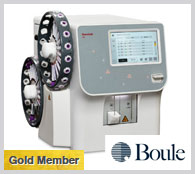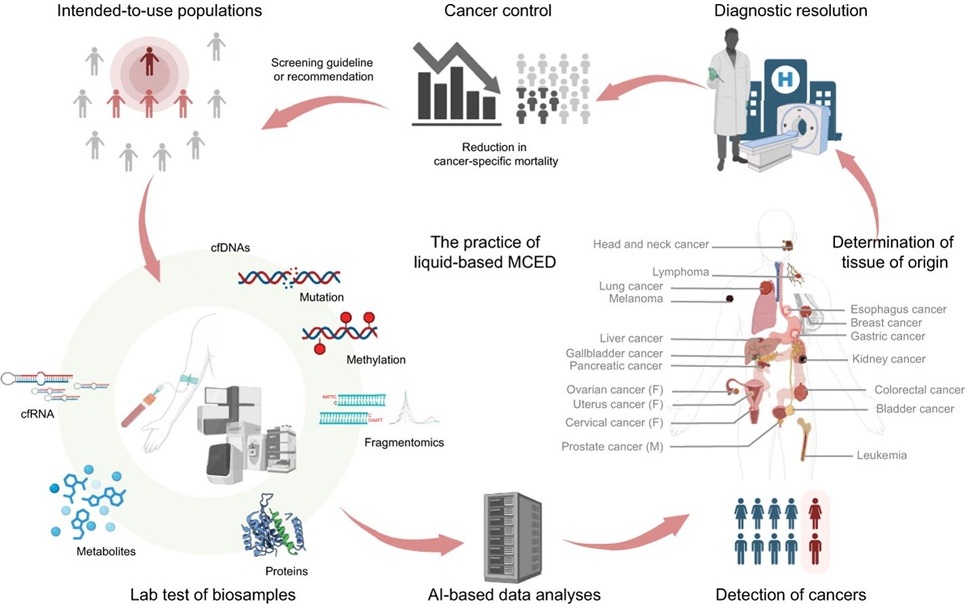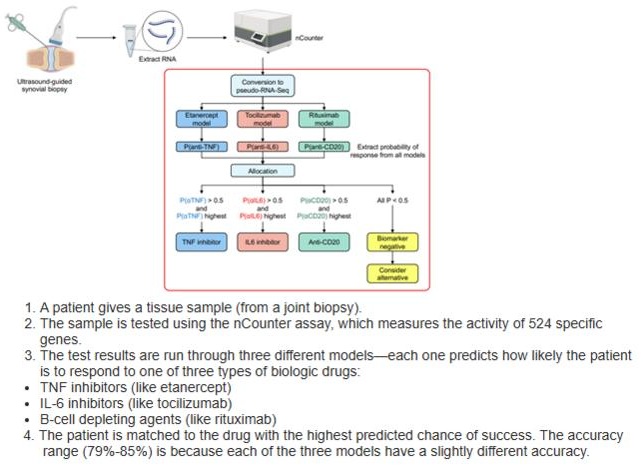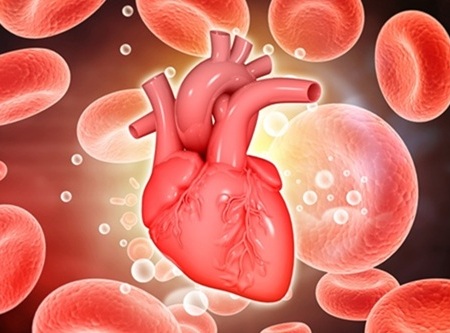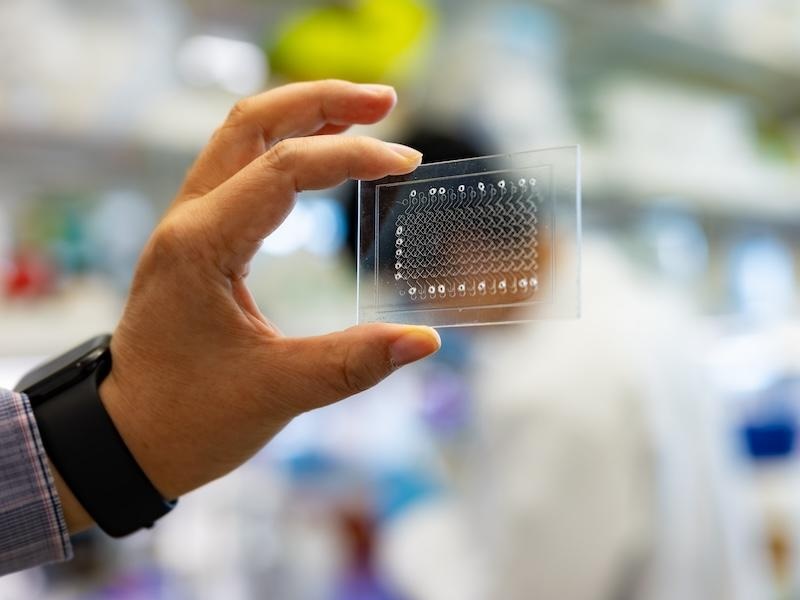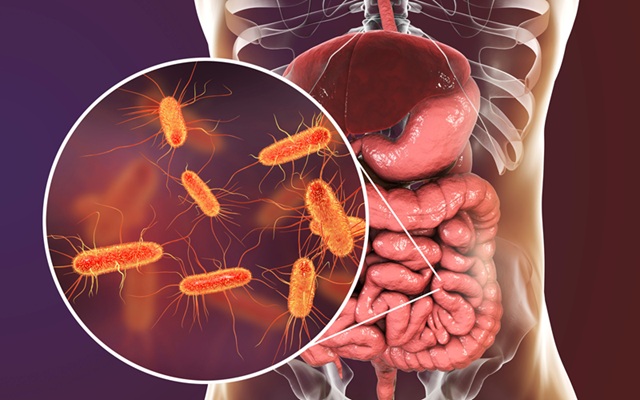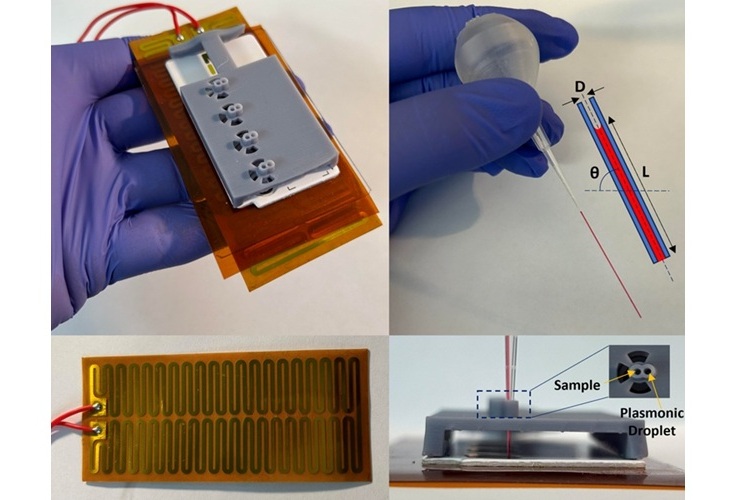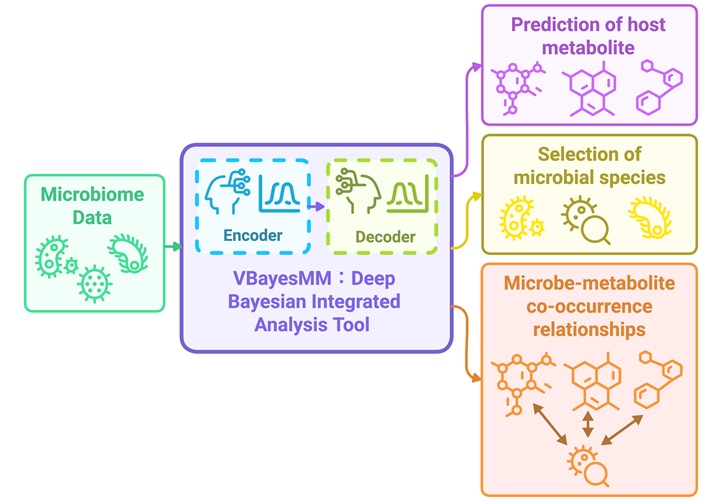Spit Test Detects Breast Cancer in Five Seconds
|
By LabMedica International staff writers Posted on 19 Feb 2024 |
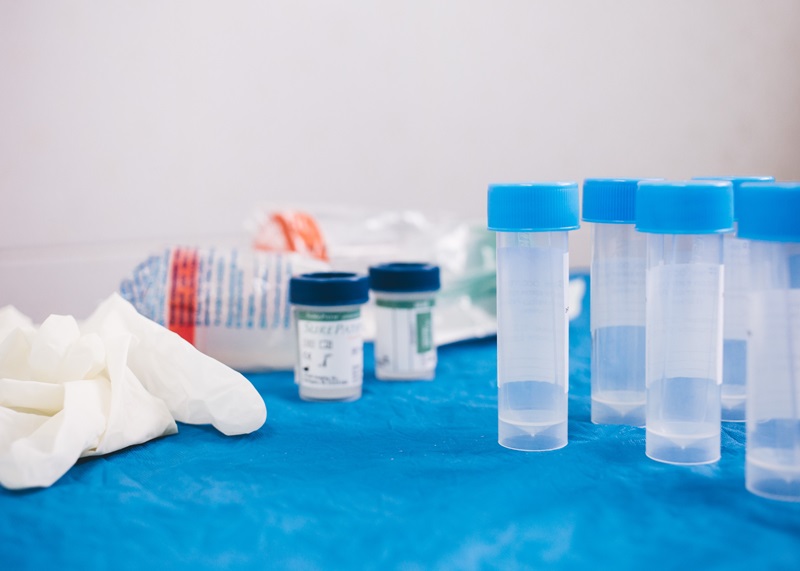
Breast cancer is the most commonly diagnosed cancer worldwide, with over 2.3 million new cases and approximately 685,000 deaths reported in 2020. Currently, mammography, ultrasound, MRI, and biopsies are the primary methods for diagnosing breast cancer. Despite their effectiveness, these techniques have several drawbacks, such as high costs, limited accessibility, potential inaccuracies in early detection in young women with dense breast tissue, invasiveness, and radiation exposure risks, especially for radiation-sensitive patients. Given the increasing prevalence of breast cancer in women, there is an urgent need for more innovative and efficient detection methods. Now, a saliva test that screens for breast cancer is showing promising results in experimental testing.
Developed collaboratively by researchers from the University of Florida (Gainesville, FL, USA) and National Yang Ming Chiao Tung University (Hsinchu City, Taiwan), this innovative hand-held device can detect breast cancer biomarkers using just a small saliva sample. The device operates by applying saliva to a test strip treated with specific antibodies that react to cancer biomarkers. It then sends electrical impulses to contact points on the biosensor, measuring signals that are converted into digital data, indicating the level of biomarkers present. This method provides rapid and easily interpretable results.
In trials, the device successfully differentiated between healthy breast tissue, early-stage breast cancer, and advanced breast cancer in a group of 21 women. The non-invasive test could be completed in less than a minute, including the application of a 3–5 μl saliva sample onto the strip, with each test performed 10 times within 15 milliseconds. The design of this biosensor incorporates common elements like glucose testing strips and the Arduino open-source hardware-software platform, making it user-friendly and promising for broad public use in the future.
Related Links:
University of Florida
Yang Ming Chiao Tung University
Latest Clinical Chem. News
- New Clinical Chemistry Analyzer Designed to Meet Growing Demands of Modern Labs

- New Reference Measurement Procedure Standardizes Nucleic Acid Amplification Test Results
- Pen-Like Tool Quickly and Non-Invasively Detects Opioids from Skin
- Simple Urine Test Could Detect Multiple Cancers at Early Stage
- Earwax Test Accurately Detects Parkinson’s by Identifying Odor Molecules
- First-Of-Its-Kind Quantitative Method Assesses Opioid Exposure in Newborns
- Paper-Based Devices Outperform Existing Methods in Diagnosing Asymptomatic Malaria
- Simple Skin Test Could Revolutionize Diagnosis of Pediatric Eosinophilic Esophagitis
- Portable Diagnostic Tool Uses Bioluminescence to Detect Viruses at POC
- AI-Powered Lung Maturity Test Identifies Newborns at Higher Risk of Respiratory Distress
- AI-Powered Blood Test Accurately Detects Ovarian Cancer
- Automated Decentralized cfDNA NGS Assay Identifies Alterations in Advanced Solid Tumors
- Mass Spectrometry Detects Bacteria Without Time-Consuming Isolation and Multiplication
- First Comprehensive Syphilis Test to Definitively Diagnose Active Infection In 10 Minutes
- Mass Spectrometry-Based Monitoring Technique to Predict and Identify Early Myeloma Relapse
- ‘Brilliantly Luminous’ Nanoscale Chemical Tool to Improve Disease Detection
Channels
Molecular Diagnostics
view channel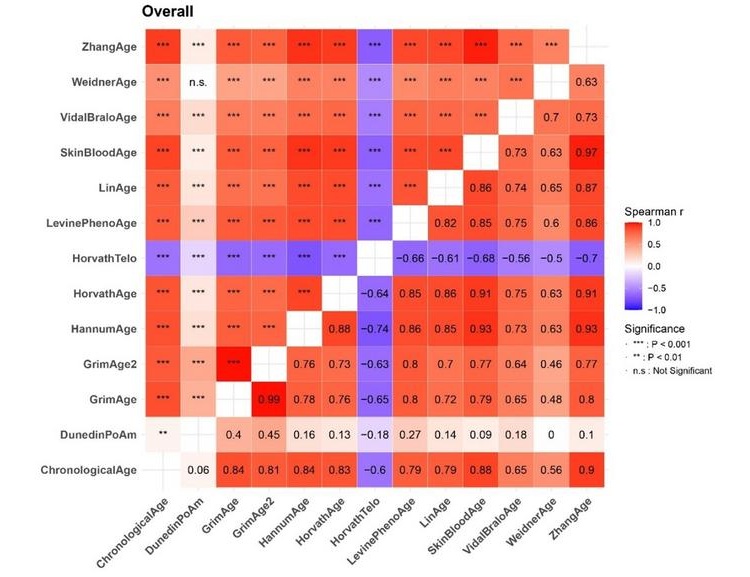
DNA Methylation Signatures of Aging Could Help Assess Mortality Risk
Aging is associated with the progressive degeneration and loss of function across multiple physiological systems. Chronological age is the most common indicator of aging; however, there is significant... Read more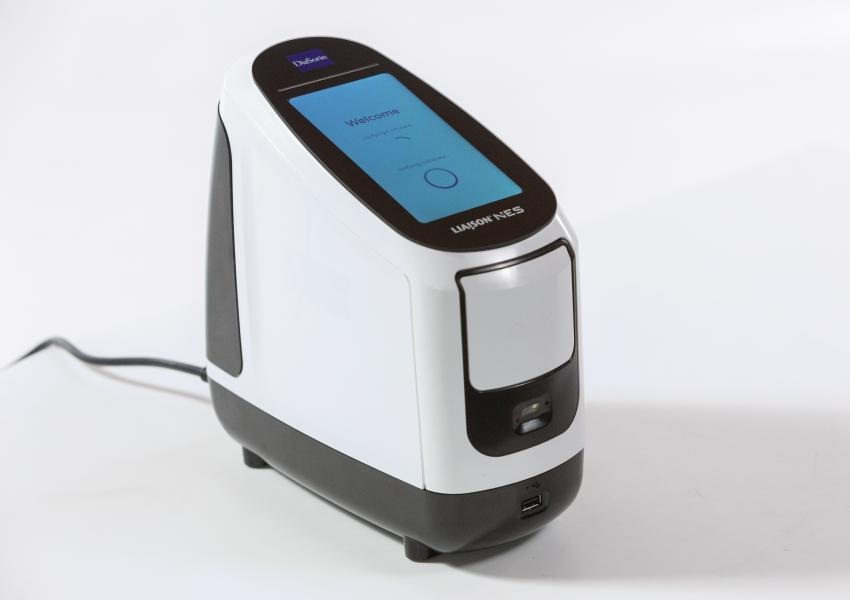
Molecular Diagnostics System Provides Lab-Quality Results at POC
Currently, there is a need for a comprehensive molecular diagnostics ecosystem that enables effective diagnostic stewardship, providing the diagnostic tools to offer the right tests, for the right patient,... Read moreHematology
view channel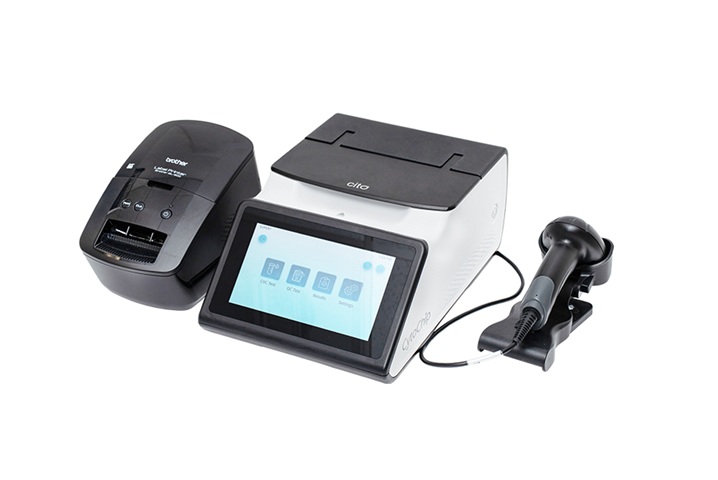
Disposable Cartridge-Based Test Delivers Rapid and Accurate CBC Results
Complete Blood Count (CBC) is one of the most commonly ordered lab tests, crucial for diagnosing diseases, monitoring therapies, and conducting routine health screenings. However, more than 90% of physician... Read more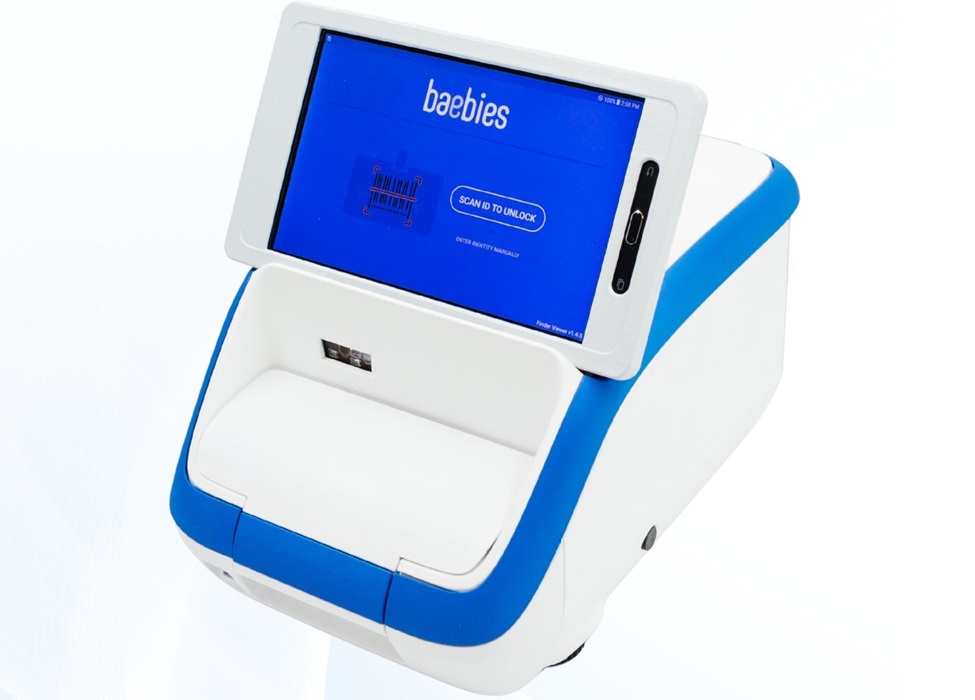
First Point-of-Care Heparin Monitoring Test Provides Results in Under 15 Minutes
Heparin dosing requires careful management to avoid both bleeding and clotting complications. In high-risk situations like extracorporeal membrane oxygenation (ECMO), mortality rates can reach about 50%,... Read moreImmunology
view channel
Evolutionary Clinical Trial to Identify Novel Biomarker-Driven Therapies for Metastatic Breast Cancer
Metastatic breast cancer, which occurs when cancer spreads from the breast to other parts of the body, is one of the most difficult cancers to treat. Nearly 90% of patients with metastatic cancer will... Read more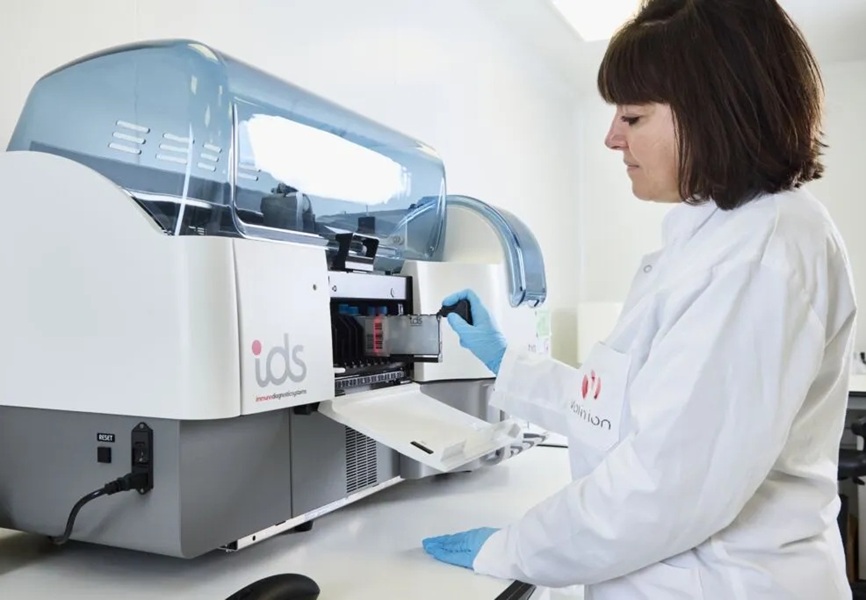
Groundbreaking Lateral Flow Test Quantifies Nucleosomes in Whole Venous Blood in Minutes
Diagnosing immune disruptions quickly and accurately is crucial in conditions such as sepsis, where timely intervention is critical for patient survival. Traditional testing methods can be slow, expensive,... Read moreMicrobiology
view channel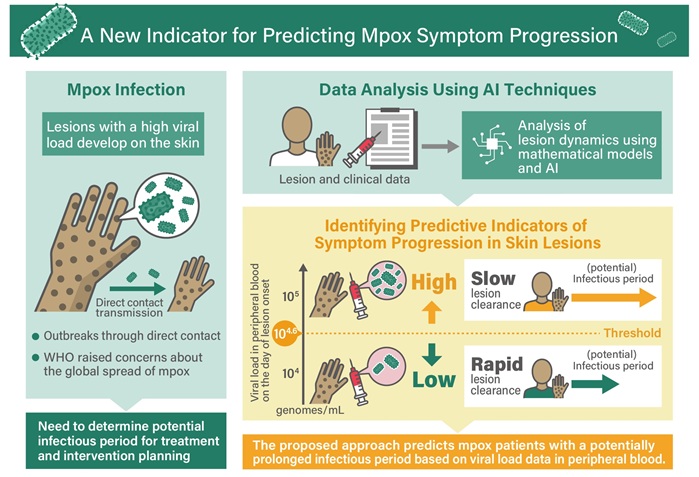
Viral Load Tests Can Help Predict Mpox Severity
Mpox is a viral infection that causes flu-like symptoms and a characteristic rash, which evolves significantly over time and varies between patients. The disease spreads mainly through direct contact with... Read more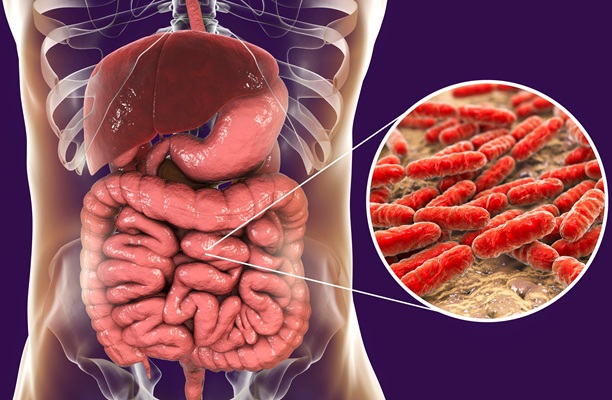
Gut Microbiota Analysis Enables Early and Non-Invasive Detection of Gestational Diabetes
Gestational diabetes mellitus is a common metabolic disorder marked by abnormal glucose metabolism during pregnancy, typically emerging in the mid to late stages. It significantly heightens the risk of... Read morePathology
view channel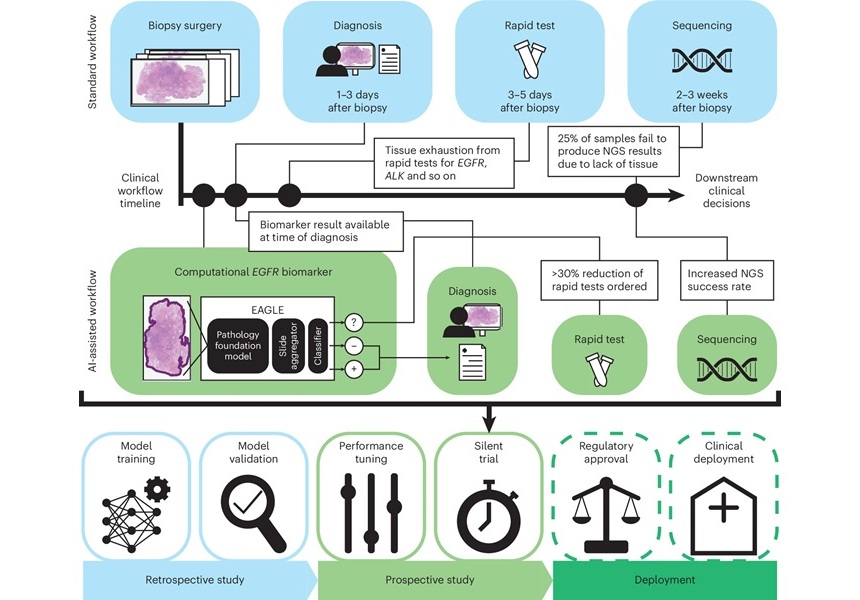
AI Accurately Predicts Genetic Mutations from Routine Pathology Slides for Faster Cancer Care
Current cancer treatment decisions are often guided by genetic testing, which can be expensive, time-consuming, and not always available at leading hospitals. For patients with lung adenocarcinoma, a critical... Read more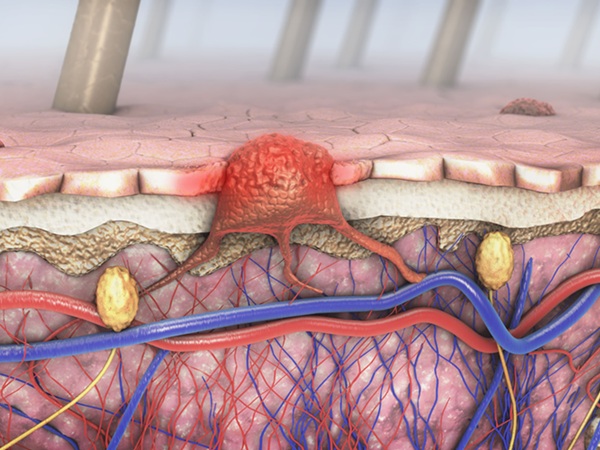
AI Tool Enhances Interpretation of Tissue Samples by Pathologists
Malignant melanoma, a form of skin cancer, is diagnosed by pathologists based on tissue samples. A crucial aspect of this process is estimating the presence of tumor-infiltrating lymphocytes (TILs), immune... Read more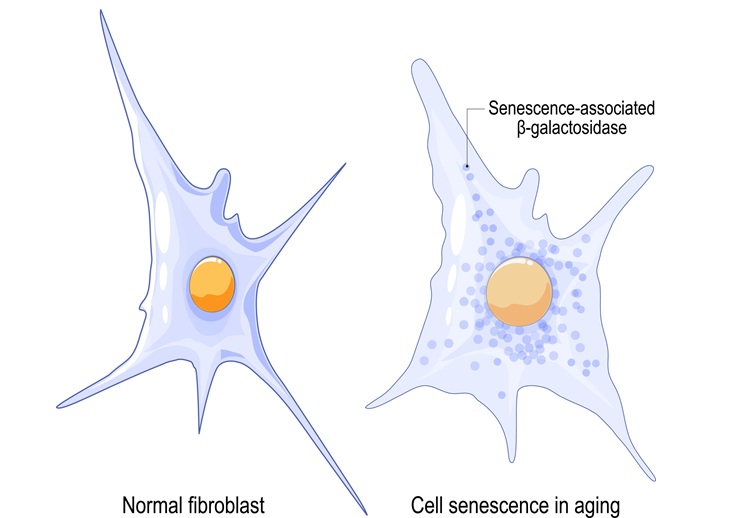
AI-Assisted Technique Tracks Cells Damaged from Injury, Aging and Disease
Senescent cells, which stop growing and reproducing due to injury, aging, or disease, play a critical role in wound repair and aging-related diseases like cancer and heart disease. These cells, however,... Read more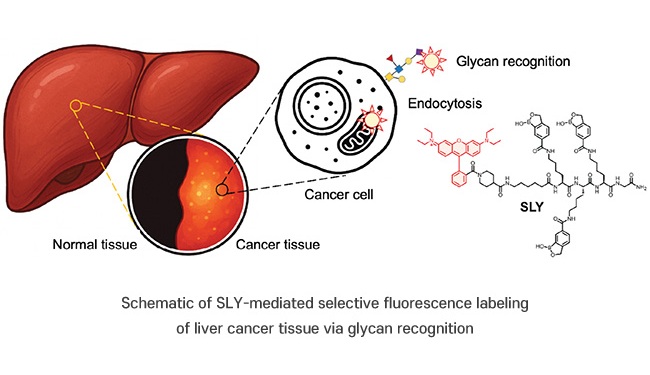
Novel Fluorescent Probe Shows Potential in Precision Cancer Diagnostics and Fluorescence-Guided Surgery
Hepatocellular carcinoma (HCC), a common type of liver cancer, is difficult to diagnose early and accurately due to the limitations of current diagnostic methods. Glycans, carbohydrate structures present... Read moreTechnology
view channel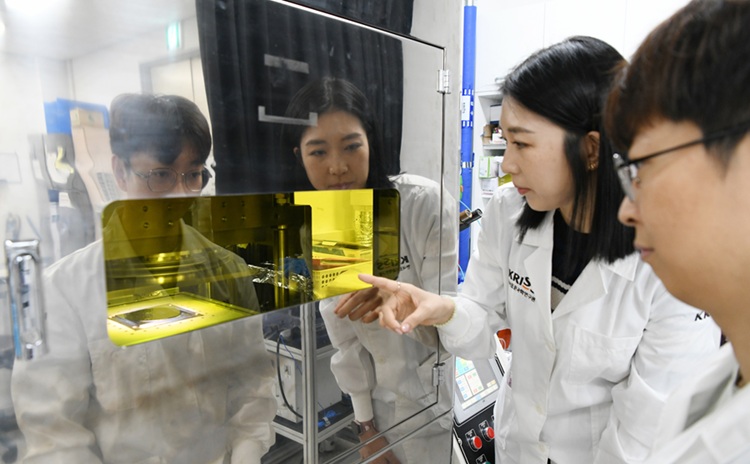
Multifunctional Nanomaterial Simultaneously Performs Cancer Diagnosis, Treatment, and Immune Activation
Cancer treatments, including surgery, radiation therapy, and chemotherapy, have significant limitations. These treatments not only target cancerous areas but also damage healthy tissues, causing side effects... Read more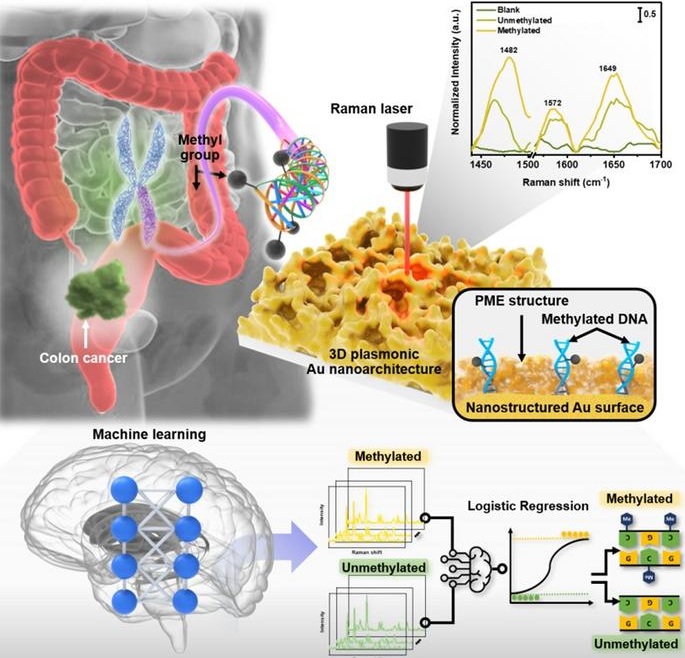
Ultra-Sensitive Biosensor Based on Light and AI Enables Early Cancer Diagnosis
Cancer diagnosis is often delayed due to the difficulty in detecting early-stage cancer markers. In particular, the concentration of methylated DNA in the bloodstream during the early stages of cancer... Read moreIndustry
view channel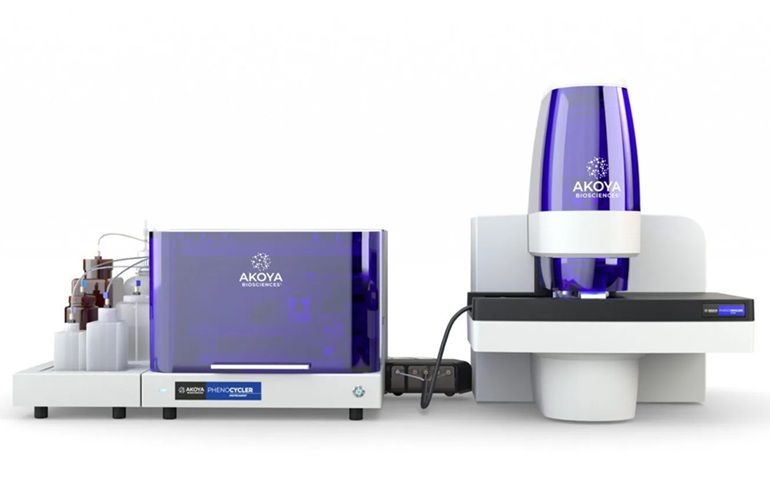
Quanterix Completes Acquisition of Akoya Biosciences
Quanterix Corporation (Billerica, MA, USA) has completed its previously announced acquisition of Akoya Biosciences (Marlborough, MA, USA), paving the way for the creation of the first integrated solution... Read more
Lunit and Microsoft Collaborate to Advance AI-Driven Cancer Diagnosis
Lunit (Seoul, South Korea) and Microsoft (Redmond, WA, USA) have entered into a collaboration to accelerate the delivery of artificial intelligence (AI)-powered healthcare solutions. In conjunction with... Read more






